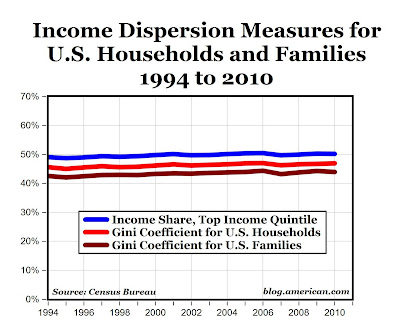From Daniel Yergin's editorial in today's
Washington Post (emphasis added):
"For more than five decades, the world’s oil map has centered on the Middle East. No matter what new energy resources were discovered and developed elsewhere, virtually all forecasts indicated that U.S. reliance on Mideast oil supplies was destined to grow. This seemingly irreversible reality has shaped not only U.S. energy policy and economic policy, but also geopolitics and the entire global economy.
But today, what appeared irreversible is being reversed. The outline of a new world oil map is emerging, and it is centered not on the Middle East but on the Western Hemisphere. The new energy axis runs from Alberta, Canada, down through North Dakota and South Texas, past a major new discovery off the coast of French Guyana to huge offshore oil deposits found near Brazil.
This shift carries great significance for the supply and the politics of world oil. And, for all the debates and speeches about energy independence throughout the years, the transformation is happening not as part of some grand design or major policy effort, but almost accidentally. This shift was not planned — it is a product of a series of unrelated initiatives and technological breakthroughs that, together, are taking on a decidedly hemispheric cast.
The new hemispheric outlook is based on resources that were not seriously in play until recent years — all of them made possible by technological breakthroughs and advances. They are “oil sands” in Canada, “pre-salt” deposits in Brazil and “tight oil” in the United States.
One major supply development has emerged right here in the United States: the application of shale-gas technology — horizontal drilling and hydraulic fracturing, a process popularly known as “fracking” — to the extraction of oil from dense rock. The rock is so hard that, without those technologies, the oil would not flow. That is why it is called “tight oil.”
Case study No. 1 is in North Dakota, where, just eight years ago, a rock formation known as the Bakken, a couple of miles underground, was producing a measly 10,000 barrels of oil per day. Today, it yields almost half a million barrels per day, turning North Dakota into the fourth-largest oil-producing state in the country, as well as the state with the lowest unemployment rate.
Similar development is taking place in other parts of the country, including South Texas and West Texas. Altogether, tight oil production is growing very fast. The total output in the United States was just 200,000 barrels per day in 2000. Around 2020, it could reach 3 million barrels per day — a third of the total U.S. oil production. (And that is a conservative estimate; others are much higher.)
For the United States, these new sources of supply add to energy security in ways that were not anticipated. There is only one world oil market, so the United States — like other countries — will still be vulnerable to disruptions, and the sheer size of the oil resources in the Persian Gulf will continue to make the region strategically important for the world economy. But the new sources closer to home will make our supply system more resilient. For the Western Hemisphere, the shift means that more oil will flow north to south and south to north, rather than east to west. All this demonstrates how innovation is redrawing the map of world oil — and remaking our energy future."
HT: Bill Miller





























